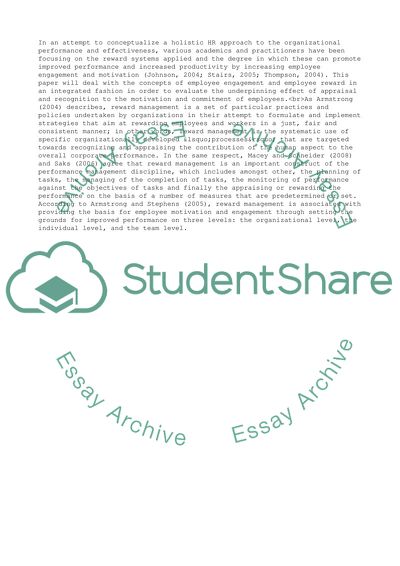Cite this document
(Employee Reward and Employee Engagement Research Paper, n.d.)
Employee Reward and Employee Engagement Research Paper. Retrieved from https://studentshare.org/management/1734948-employee-reward
Employee Reward and Employee Engagement Research Paper. Retrieved from https://studentshare.org/management/1734948-employee-reward
(Employee Reward and Employee Engagement Research Paper)
Employee Reward and Employee Engagement Research Paper. https://studentshare.org/management/1734948-employee-reward.
Employee Reward and Employee Engagement Research Paper. https://studentshare.org/management/1734948-employee-reward.
“Employee Reward and Employee Engagement Research Paper”, n.d. https://studentshare.org/management/1734948-employee-reward.


